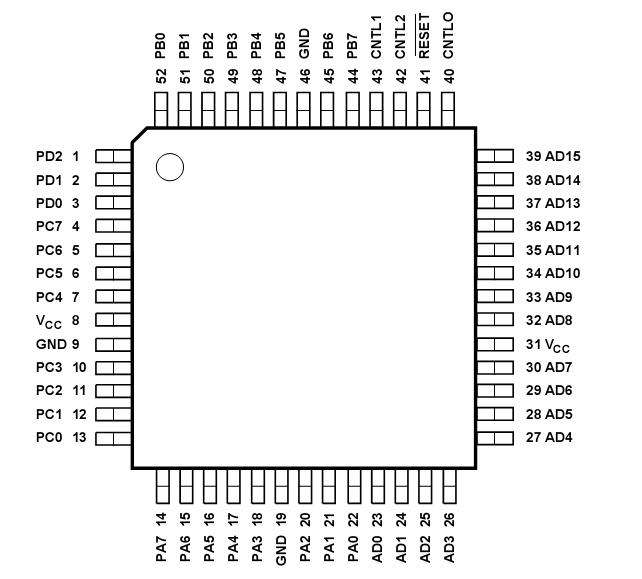PSD833F2V: Features: FLASH IN-SYSTEM PROGRAMMABLE (ISP) PERIPHERAL FOR 8-BIT MCUSDUAL BANK FLASH MEMORIES UP TO 2 Mbit OF PRIMARY FLASH MEMORY (8 Uniform Sectors, 32K x8) UP TO 256 Kbit SECONDARY FLASH MEMORY ...
floor Price/Ceiling Price
- Part Number:
- PSD833F2V
- Supply Ability:
- 5000
Price Break
- Qty
- 1~5000
- Unit Price
- Negotiable
- Processing time
- 15 Days
SeekIC Buyer Protection PLUS - newly updated for 2013!
- Escrow Protection.
- Guaranteed refunds.
- Secure payments.
- Learn more >>
Month Sales
268 Transactions
Payment Methods
All payment methods are secure and covered by SeekIC Buyer Protection PLUS.

 PSD833F2V Data Sheet
PSD833F2V Data Sheet








